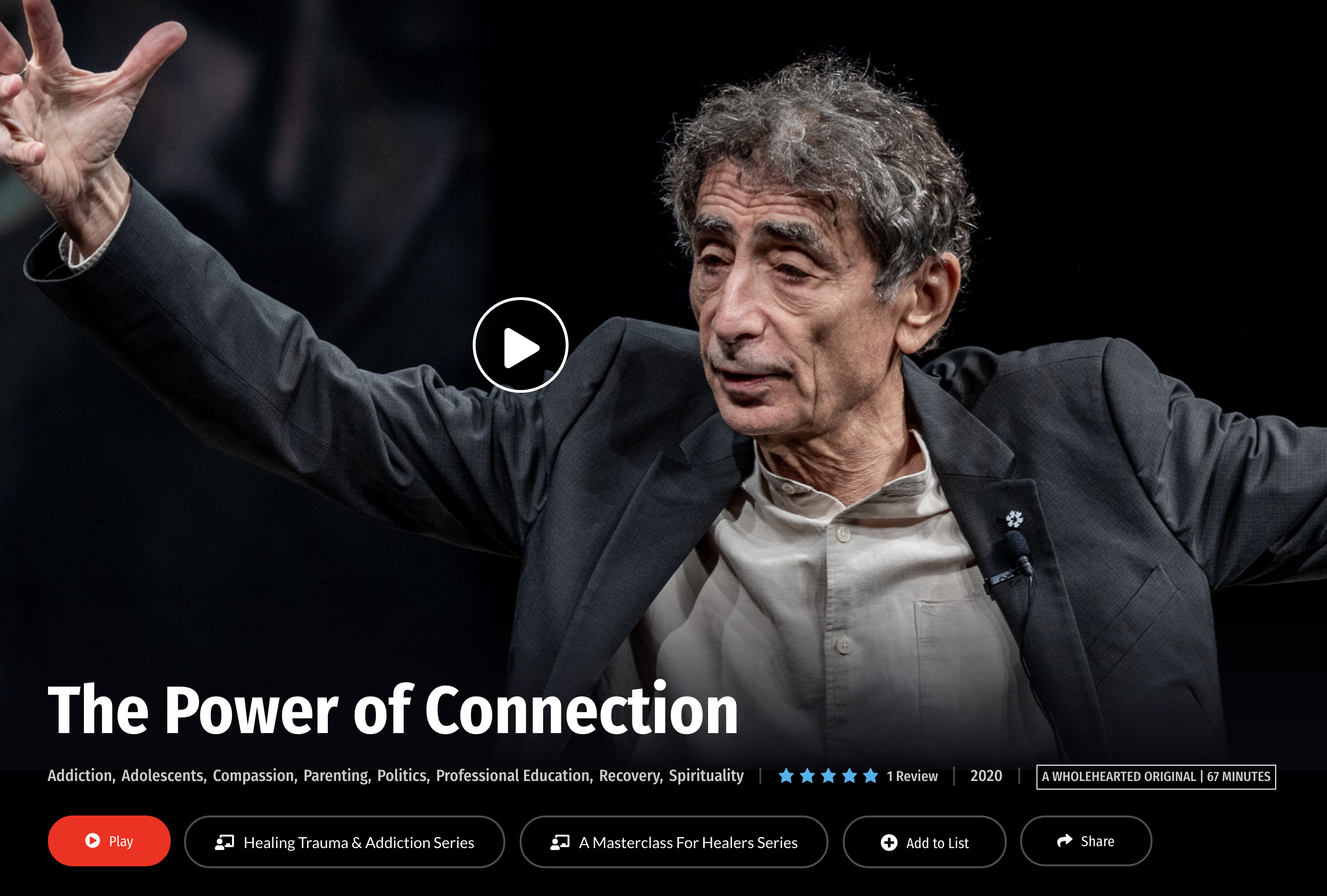Attachment Healing
Attachment Based Methods and Models that I have been trained in and utilize in my work.
Attachment Healing
Attachment theory is the joint work of John Bowlby and Mary Ainsworth (Ainsworth & Bowlby, 1991). Attachment theory is focused on the relationships and bonds between people, particularly long-term relationships, including those between a parent and child and between romantic partners.
Throughout history, children who maintained proximity to an attachment figure were more likely to receive comfort and protection, and therefore more likely to survive to adulthood.
In her 1970s research, psychologist Mary Ainsworth expanded greatly upon Bowlby’s original work. Her groundbreaking “Strange Situation” study revealed the profound effects of attachment on behavior.
Based on the responses the researchers observed, Ainsworth described three major styles of attachment: secure attachment, ambivalent-insecure attachment, and avoidant-insecure attachment. Later, researchers Main and Solomon (1986) added a fourth attachment style called disorganized-insecure attachment based on their own research.
Many professions now embrace that babies have experiences starting preconception, including conception, prenatal life, birth and after birth. These professions included fetal medicine, neuroscience, epigenetics, bonding and attachment, psychology, maternity, somatic psychology, trauma resolution, baby therapies and more. We know that our earliest experiences have lifelong implications.
Stephen Terrell and Kathy Kain co-wrote Nurturing Resilience. Here is an interview about how this book supports understanding Early Developmental Trauma, Attachment issues, and physiological impacts of early trauma.
View Video Interview: https://www.youtube.com/watch?v=zsTEdulvwO8
“DARe” (Dynamic Attachment Re-patterning experience) developed by Diane Poole Heller.
In this attachment model clients develop deeper connection, meaning, and passion in adult relationships by working to heal early Attachment wounds or disruptions. We build an understand of unconscious dynamics that block our capacity for intimacy and how to overcome them in order to achieve better communication, trust, and closeness. We explore specific examples of how early patterns developed within our families that may obscure our innate ability to bond. We work with the four models as described in Attachment Theory – Secure, Avoidant, Ambivalent, and Disorganized.
Emotionally Focused Couples Therapy (EFT)
Emotionally Focused Couples Therapy (EFT) is a model utilizing attachment. Sue Johnson teaches that the way to save and enrich a relationship is to reestablish safe emotional connection and preserve the attachment bond. With this in mind, she focuses on key moments in a relationship-from Recognizing the Demon Dialogue to Revisiting a Rocky Moment-and uses them as touchpoints for seven healing conversations.
Underneath all the distress, partners are asking each other: Can I count on you? Are you there for me? Will you respond to me when I need, when I call? Do I matter to you? Am I valued and accepted by you? Do you need me, rely on me?
- Resource: “Hold Me Tight: Seven Conversations for a Lifetime of Love” by Dr. Sue Johnson – view book on Amazon
Attachment and Sensory Integration issues impact Eating Disorders
EMBODIED RECOVERY for EATING DISORDERS (ERED) is a method that uses a trauma-informed, relationally oriented, and somatically integrative approach to the treatment of eating disorders and weaves modalities and interventions based on the latest research in traumatology, interpersonal neurobiology, and child development.
This method teaches neurophysiological interventions that work directly with disruptions to the attachment, defense and sensory processing systems driving disordered eating behaviors and supporting recovery.
Our SOMATO-psycho-social model expands the role of the body to include anatomy, physiology, kinesiology, movement, and posture. ERED facilitates the intersection between somatic organization, subjective experience of self, and basic human needs for attachment and defense.
Body-Mind Centering® (BMC)
Body-Mind Centering® (BMCTM) is an integrated and embodied approach to movement, the body and consciousness. Developed by Bonnie Bainbridge Cohen, it is an experiential study based on the embodiment and application of anatomical, physiological, psychophysical and developmental principles, utilizing movement, touch, voice and mind. Its uniqueness lies in the specificity with which each of the body systems can be personally embodied and integrated, the fundamental groundwork of developmental re-patterning, and the utilization of a body-based language to describe movement and body-mind relationships.
This Movement based approach increases Connection and teaches Early Developmental Movements that enhance and repair the attachment bonding system. By understanding these movements, we bring greater “consciousness” and rewire the connective elements of attachment. We learn how to navigate Rupture’s and Repair within relationships. I am currently in the process of learning, practicing and applying these principles.
“The mind is like the wind and the body like the sand: if you want to see how the wind is blowing, you can look at the sand.”
— Bonnie Bainbridge Cohen
For more information on Body-Mind Centering visit: www.bodymindcentering.com
Attachment impact on Relationships and Trauma
Terry Real and Thomas Hubl talks about trauma and relationships utilizing attachment based archetypal language. Masterclass: Masterclass: The Hidden Effects of Trauma in Relationships. This is a great resource to watch.
Resource video: https://youtu.be/z6xOv3SIEy0
Gabor Maté – Attachment
“After 20 years of family practice and palliative care experience, Dr. Maté worked for over a decade in Vancouver’s Downtown East Side with patients challenged by drug addiction and mental illness. Gabor is an internationally renowned speaker and author highly sought after for his expertise on addiction, trauma, childhood development, and the relationship of stress and illness.”
Gabor Maté – Authenticity vs. Attachment Video: linked here
Video about Attachment Healing
The Power of Connection is a 1 hour talk given by Dr. Gabor Maté.
“The Power of Connection is an excellent introduction to Gabor’s perspective on the absolute necessity of connection to a healthy existence, and how deficits in connection influence everything from our bodies, to politics, to society. He ends by encouraging us to consider what changes we can make and what we’d need to do to begin to make those changes.
This special talk is a wonderful way to share a high quality studio presentation of Gabor’s work with your friends, family, and anyone you know who cares about deepening our connections and healing ourselves.”
Video linked here: https://www.wholehearted.org/title/the-power-of-connection/
– Video provided by www.wholehearted.org


